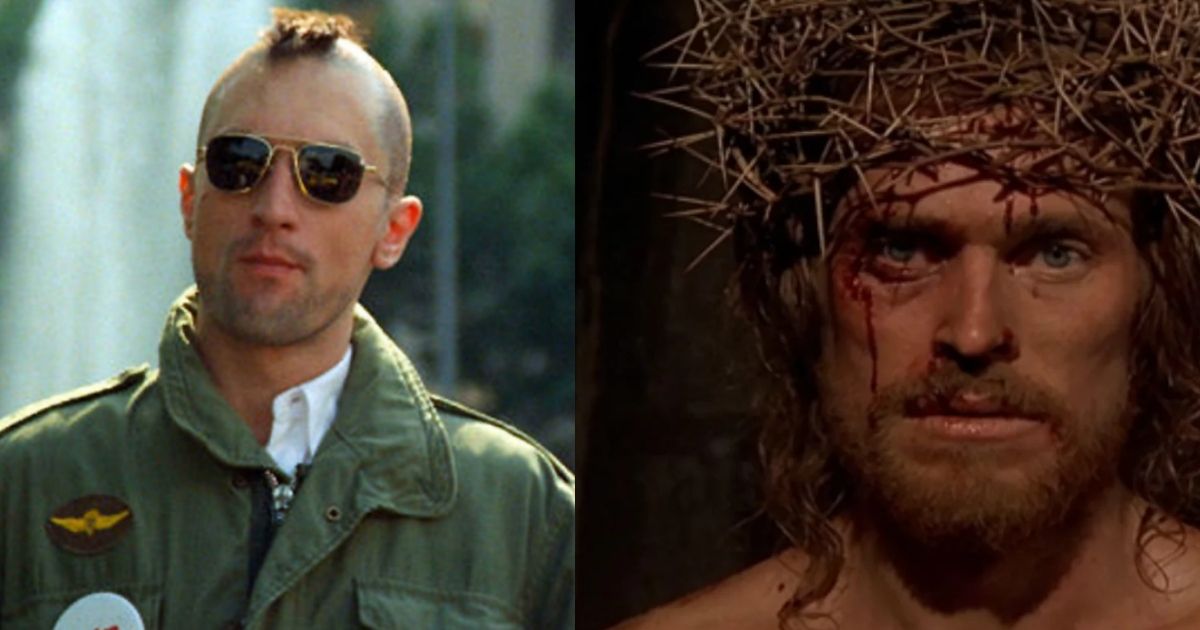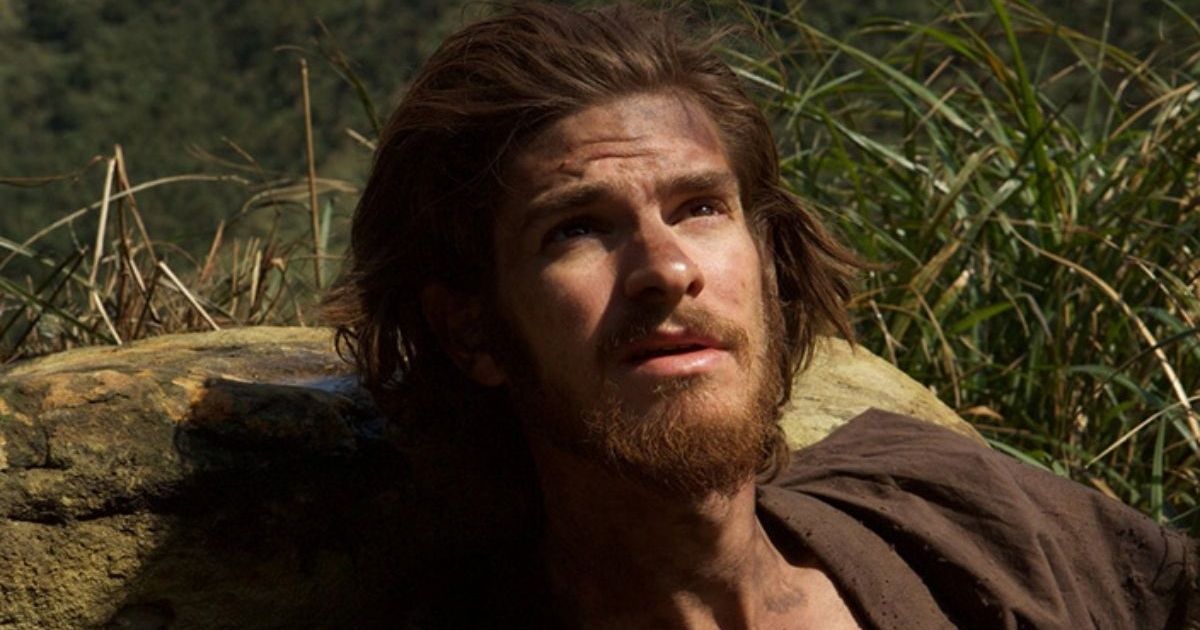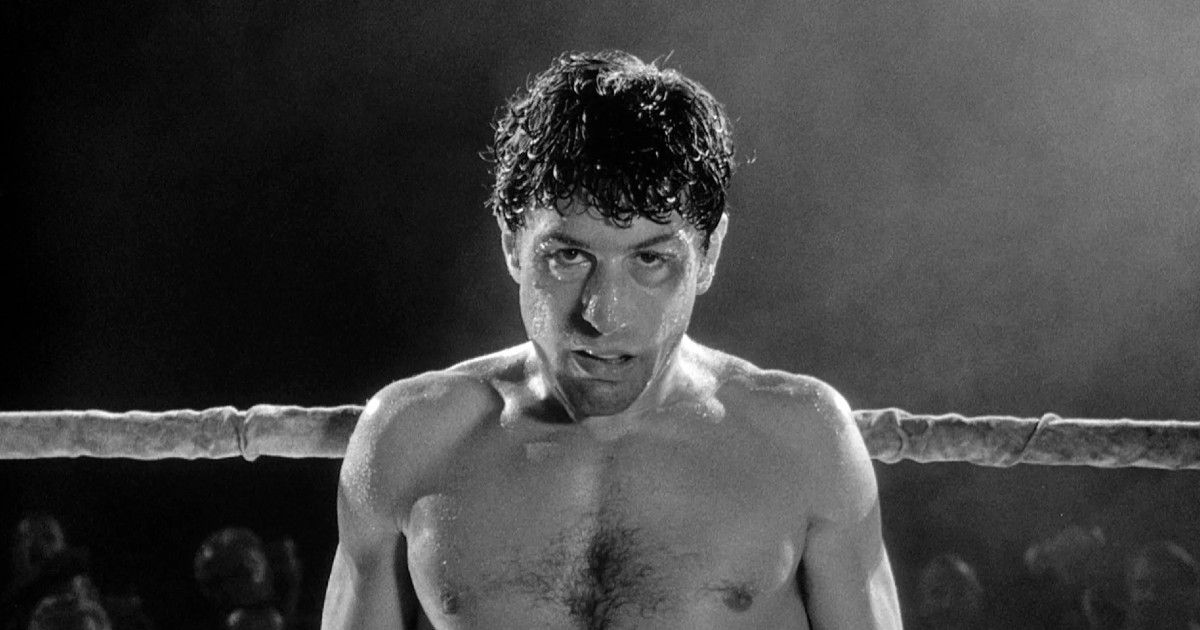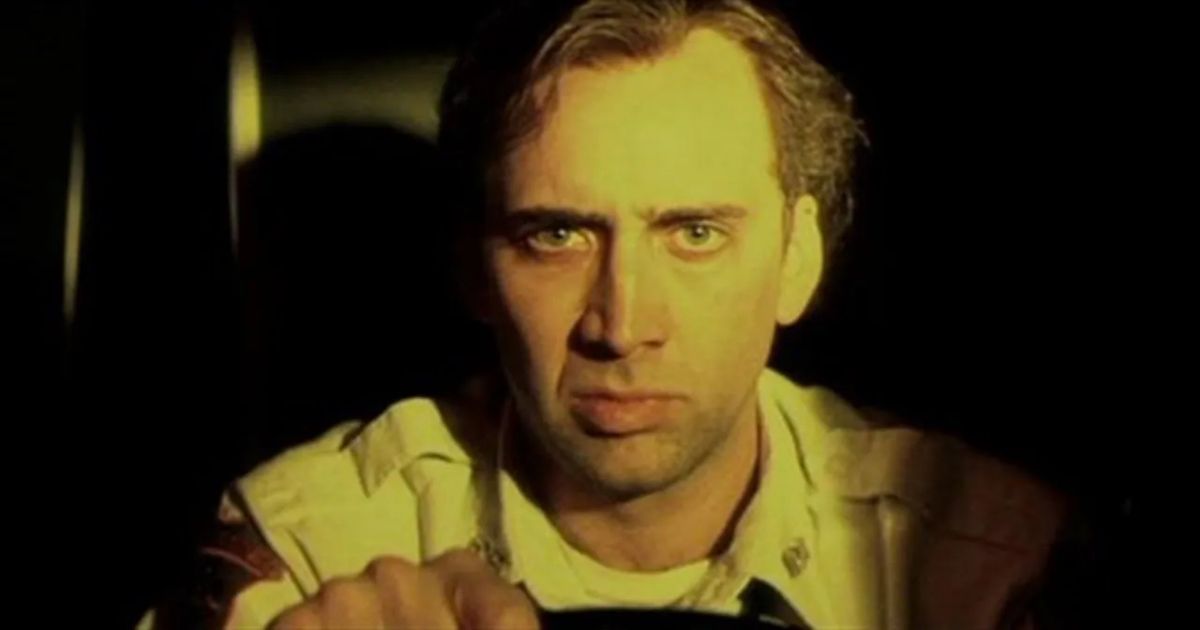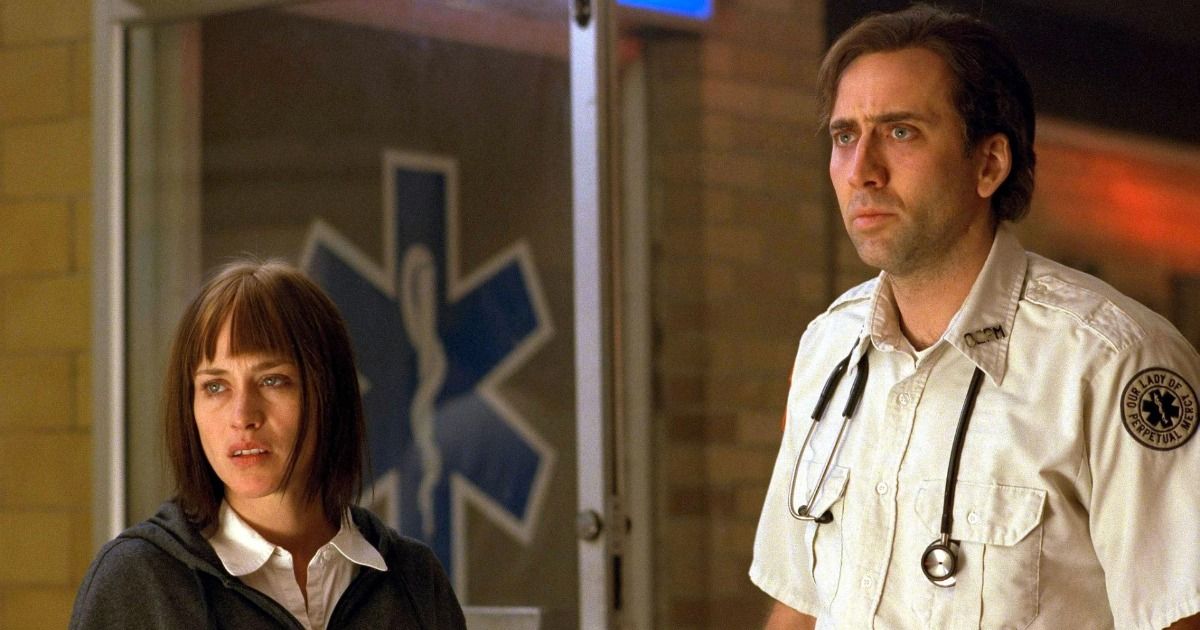Martin Scorsese is universally hailed as one of the greatest American directors of all time. Over the course of his more than 50-year career, Scorsese has produced a staggering run of undeniable masterpieces, underrated gems that would be hailed as masterpieces coming from any other director, and misfires that remain immensely compelling.
Central in this filmography has always been a deep-seated interest in right and wrong, good and evil, sin and redemption, issues that carry at once a ponderous philosophical depth and a powerful immediacy in the lives of his characters. Scorsese has explored these ideas in myriad ways, alternating between gangster classics (Goodfellas, Casino) and quieter, spiritual films (Silence, Kundun), nearly always meditating upon the sacred and the profane.
Below we take a look at how Scorsese's wrestling with unanswerable questions has led to some of the greatest movies ever made.
The Depths of Character
Scorsese has said in interviews that he deeply dislikes the practice of explaining a character’s actions through their backstory as “too pat.” Locating the cause for a man’s violence, anger, or sadness in childhood trauma is simply inadequate for Scorsese as an artist and as a thinker.
This stance contributes significantly to the quality of his work. His characters are not puzzles to be solved and put away, but rather figures who, like all people, contain depths of mystery and complexity that will always remain unknown, even to themselves. To explain away the anger of Raging Bull’s Jake LaMotta, for example, would be to diminish the character and take away from the frightening affinity he can inspire in viewers. LaMotta himself cannot process or even understand who he is and what drives his choices, and to imagine that an audience might be able to over the course of a few hours would insult the dignity of not only LaMotta, but humanity more generally.
There is also a resonant spiritual element to this approach. For Scorsese, there are forces and factors at play in the world that simply cannot be explained with psychology, sociology, or even simple cause and effect. There is a metaphysical world at play in Scorsese's films that is definitively unavailable through worldly knowledge. It is not just that he refuses to explain his characters' motivations, it is that he (and his frequent collaborator, writer Paul Schrader) believes that the heart of human existence is not rooted in this world.
In the Realms of the Unknown
Scorsese's denial of materialism, the belief that everything in the material world can be understood through tangible physical processes, springs from the ardent religiosity that has run through his career, perhaps owing in part to his devout Catholic upbringing (though to say so definitively would be to engage in exactly the type of oversimplification that Scorsese so studiously avoids).
The challenges his characters face, however they manifest themselves, are never rooted in external factors. Whether it’s Henry Hill’s trouble with the law in Goodfellas, Teddy Daniel’s psychological distress in Shutter Island, or Travis Bickle’s rage at society in Taxi Driver, these are always only outward and visible signs of an inward and spiritual struggle.
This is perhaps (and not coincidentally) most acutely obvious in Scorsese's most controversial work, 1988’s The Last Temptation of Christ. Here, Scorsese provides his Christ with an entire life, with all its incumbent joys and sorrows, all as mere illustration of what is actually an inner, spiritual decision. All of what we do, all of what we experience, Scorsese tells us, are just ripples radiating out from this kind of transcendent contact with forces beyond all worldly comprehension.
Scorsese Thinks in Light and Sound
One of the pitfalls of this kind of deeply philosophical approach to filmmaking is that metaphysical questions can be expressly beyond the realm of the senses. What is the meaning of life? What happens after we die? Do we have free will? How can you visually materialize these abstractions?. Contemplating the nature and existence of God may be a worthy endeavor, but it’s certainly not an inherently cinematic one.
Scorsese sidesteps this issue by recasting the nature of metaphysics. These are not questions to ponder in his film, but rather, the real source of all of life’s most meaningful and dramatic events. Scorsese is invested in understanding these questions, but his characters are not. Rather, they are immersed within the real, tangible consequences of their implications.
Nicolas Cage’s ambulance driver in the severely underrated Bringing Out the Dead is not attempting to come to an intellectually satisfying understanding of the value of life. He is a depressed insomniac, literally haunted by the spirits of those he could not save. When he chooses at last to administer not life, but death to a comatose patient, it is a visceral, emotional moment, scored with a literal heartbeat. Understanding that life per se is not inherently valuable, not necessarily preferable to death, is not an 'aha!' moment; it is the key to his own sanity and wellbeing; it is the most urgent and impactful idea in his life.
The power of Scorsese's filmmaking lies in precisely this ability. We live in the world, he tells us, but our lives are run through by our inability to extensively understand ourselves and our place in the universe, something which will always surpass our grasp.

